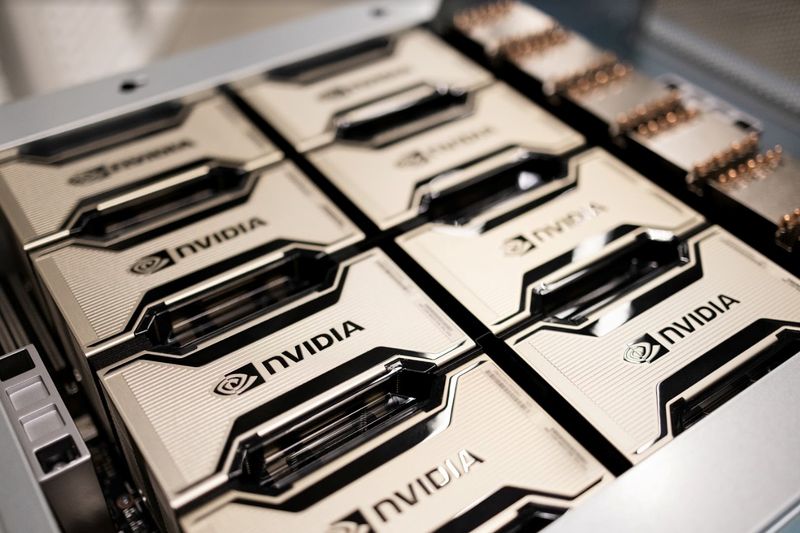This post was originally published on this site

In response to these developments, the market reacted with a 3.84% increase in Nvidia shares while Intel (NASDAQ:INTC) saw a 3.06% decline. Despite the market’s reaction, Intel remains undeterred, recently showcasing a laptop with AI capabilities akin to ChatGPT, thus demonstrating its strategic vision for the future of computing.
Microsoft (NASDAQ:MSFT) is backing this industry shift towards AI-enhanced software like Copilot and away from reliance on Intel. However, potential software compatibility issues are anticipated due to the transition from x86 to Arm-based designs.
Nvidia’s foray into the Arm-based chip market isn’t its first partnership with Microsoft. The two companies previously collaborated on the Surface RT project, which did not see success. Nonetheless, this new endeavor sees them joining forces once again.
AMD’s entry into the Arm chip market is particularly notable as it introduces fresh dynamics into the industry. This comes despite AMD’s ongoing performance-per-watt competition with x86.
In addition to Nvidia and AMD, Qualcomm (NASDAQ:QCOM) is also a significant player in this competition. Having been manufacturing Arm-based chips since 2016, Qualcomm plans to reveal a flagship chip designed by ex-Apple engineers at an upcoming Microsoft event featuring VP of Windows and Devices, Pavan Davuluri.
These developments indicate a significant shift in the tech industry as companies align their strategies with the growing popularity and success of Arm-based chips.
This article was generated with the support of AI and reviewed by an editor. For more information see our T&C.

